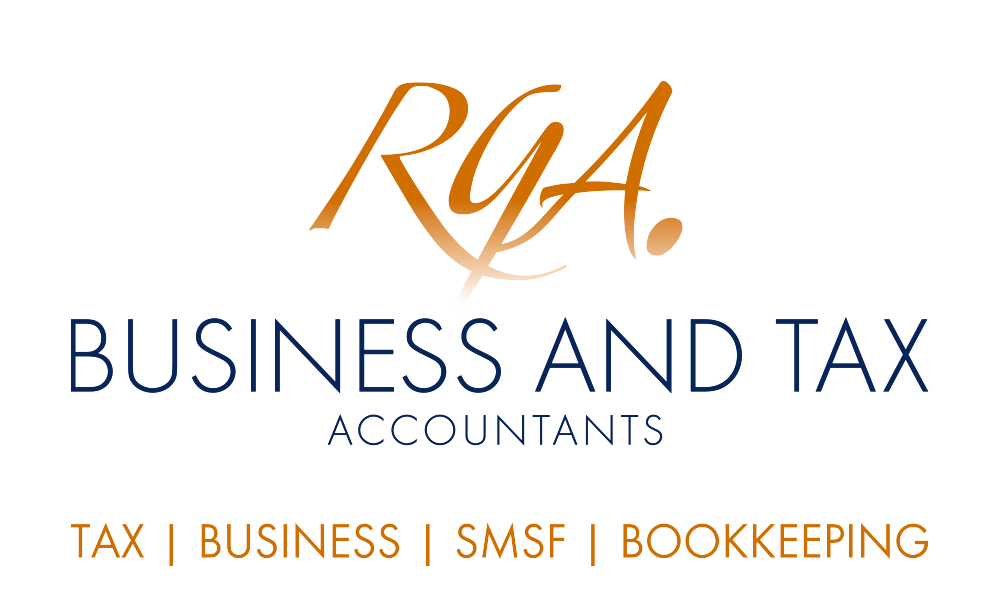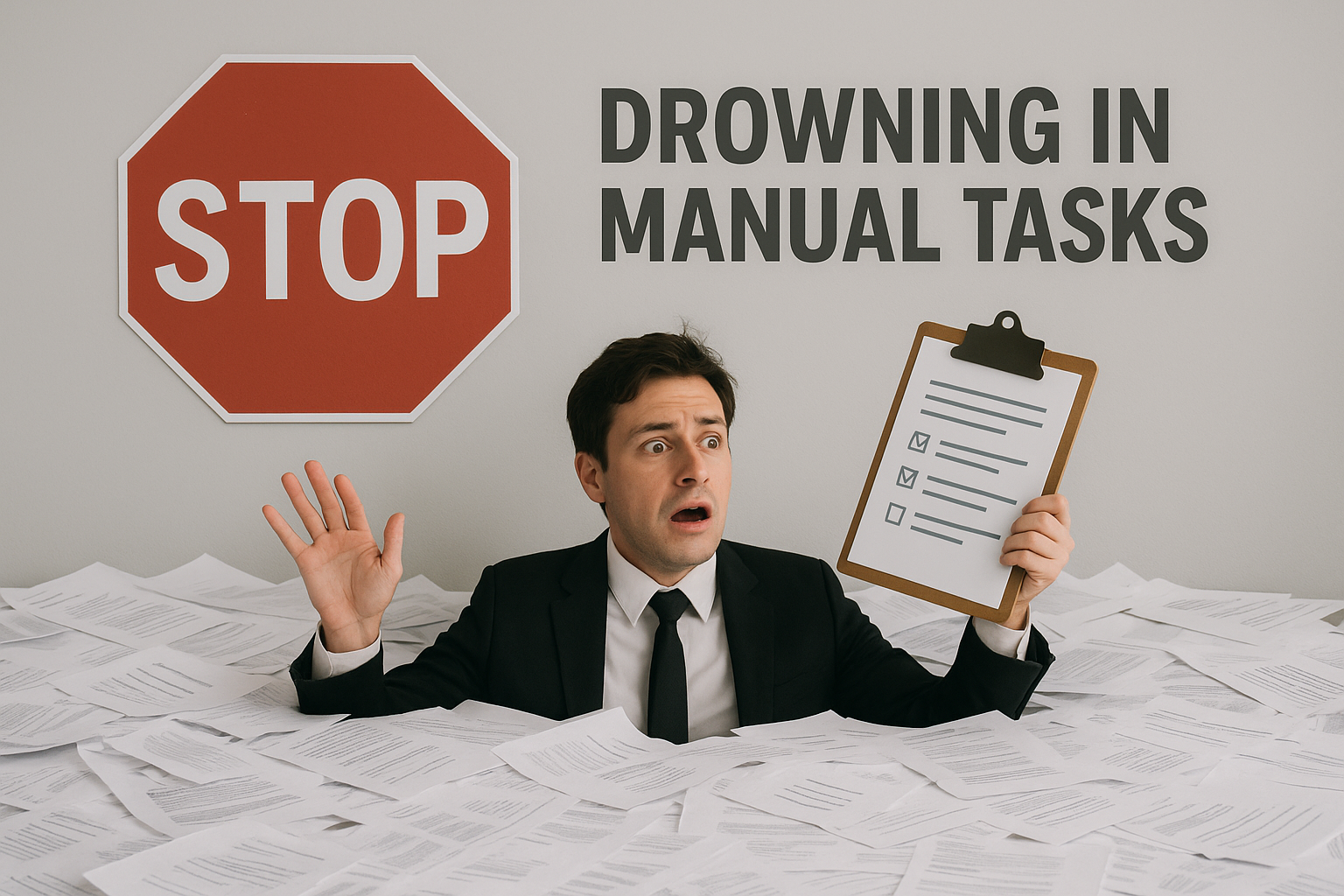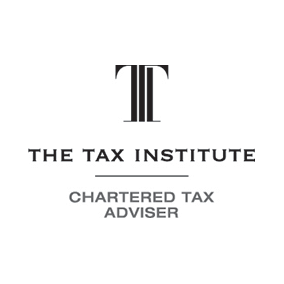Super guarantee minimum threshold removed

Australia, it is estimated that around 300,000 young, part-time, mostly female workers currently and legally do not receive super contributions from their employers under the super guarantee scheme. This is due to their before tax earnings per month falling below the minimum $450 threshold for making contributions. All this is set to change from 1 July 2022, when the minimum threshold will be scrapped. This means that low-income earners currently under the threshold will finally have a chance to build their super for retirement.
Low-income employees should rejoice that the minimum threshold at which an employer has to pay super under the super guarantee scheme will no longer apply from 1 July 2022. Under the current scheme all employers must pay a minimum level of super contributions on behalf of their employees, but only if each individual employee makes more than $450 per month. This is the minimum threshold.
It is estimated that around 300,000 people are affected by this minimum threshold, equating to around 3% of all employees. These generally consist of young, lower-income, or part-time workers, skewing towards female workers. Because the threshold applies on an employer level, a disproportionate amount of employees with fewer shifts at multiple jobs are also affected.
Example
Stuart is studying at university part-time and working part-time with 3 different employers (a café, a clothing retailer, and a book seller). Over the course of a month, Stuart makes $400 before tax with each employer. Even though at the end of the month he has made $1,200 before tax, because his earnings with each employer were below the $450 threshold, no super guarantee amounts would have been made on his behalf to his super fund by his employers.
While the original rationale for the minimum threshold was to reduce the administrative burden on employers having to deal with and pay small amount of super guarantee, the digitisation of payroll systems has made the original rationale redundant. Coupled with measures that prevent the erosion of low-balance accounts – such as capped administration and investment fees and insurance changes for inactive accounts – low-income earners, those working part-time and other workers currently under the threshold will have a chance to build their super for retirement.
Practically, what this change means for employers is that, from 1 July 2022, regardless of what each individual employee makes each month, that amount of before tax salary and wages will be used as a basis to calculate the amount of super guarantee that the employer is obliged to pay on a quarterly basis.
The super guarantee percentage will be 10.5% for the 2022-23 income year (ie 1 July 2022 to 30 June 2023) when the minimum threshold is removed.
In the example of university student Stuart, if he continues to make the same amount (ie $400 per month with each employer on an ongoing basis), from 1 July 2022, each of his employers will be required to contribute $42 per month to his super ($400 x 10.5%). If they pay super guarantee on a quarterly basis, Stuart should be getting $378 each quarter in total from all his employers. Over the course of a year, $1,512 in super guarantee contributions will be made to his super fund which he would not have received before the minimum threshold removal.
For low-income earners, the beneficial removal of the minimum threshold for paying super guarantee will be further compounded by the planned increases in the super guarantee rate over the next few years (ie 11% for the 2023-24 year, 11.5% for the 2024-25 year, finally reaching 12% in the 2025-26 income year). This will mean even more super for retirement.
Super for your retirement.
Many people fail to pay enough attention to their super as retirement always seem a long way away. But every little bit counts in retirement, and we can help. Whether it be ensuring your employer is paying the right amount of super to helping you recover lost super, we have the expertise.
IMPORTANT: This communication is factual only and does not constitute financial advice. Please consult a licensed financial planner for advice tailored to your financial circumstances. Email us at Robert Goodman Accountants at reception@rgoodman.com.au . © Copyright 2022 Thomson Reuters. All rights reserved. Brought to you by Robert Goodman Accountants.









